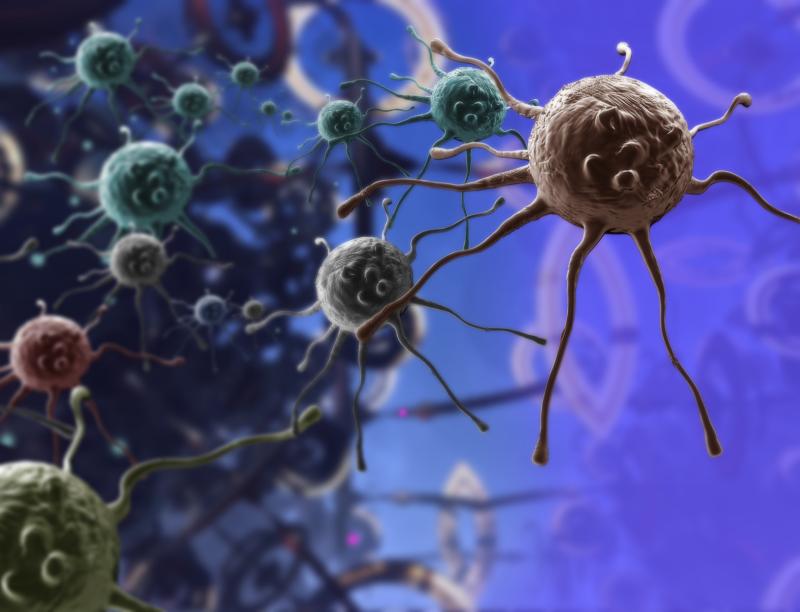
Subcutaneous (SC) daratumumab (DARA) showed comparable performance to intravenous (IV) admission in patients with relapsed or refractory multiple myeloma (RRMM), according to a phase III, randomized, open-label, active-controlled multicentre study presented at the recently concluded 61st Annual Meeting and Exposition of the American Society of Haematology (ASH 2019).
“With longer follow-up, responses with DARA SC monotherapy deepened and remained similar to DARA IV monotherapy,” researchers said. “DARA SC maintained noninferiority to DARA IV in terms of the coprimary endpoints evaluating [overall response rate (ORR)] and [pharmacokinetics].”
Of the 522 enrolled RRMM patients, 259 received DARA IV (median age, 68 years; 58 percent male) and 263 were given DARA SC (median age, 65 years; 52 percent male). Over a median follow-up of 13.7 months, 77 percent and 76 percent of the participants in the respective groups discontinued treatment. Patients from each group completed a median treatment duration of 6 months. [AHS 2019, abstract 1865]
Majority of the participants (82 percent) had been refractory to the last line of prior therapy. Almost half (49 percent) were refractory to both an immunomodulatory drug and a proteasome inhibitor.
Both modes of delivery showed improvements in ORRs over a longer-term follow-up. For instance, ORR for DARA SC grew from 41.1 percent after a median 7.5-month follow-up to 43.3 percent at the 13.7-month timepoint. Over the same interval, ORR for DARA IV increased from 37.1 percent to 39.4 percent. Rates of complete and very good partial response also remained comparable between arms over prolonged follow-up.
DARA SC maintained its noninferiority to DARA IV in terms of ORR (43.3 percent vs 39.4 percent; relative risk, 1.10, 95 percent confidence interval [CI], 0.90–1.35; p<0.0001).
The performance of DARA SC remained comparable to DARA IV even in subgroup analyses according to age, sex, race, weight, disease stage, number of prior lines of therapy, MM type, cytogenetic profile, baseline renal function and performance status score.
Survival benefits were likewise similar between the two treatment arms. Twelve-month overall survival (OS) rates, for example, were 73.5 percent and 72.1 percent in the SC and IV groups, respectively. Median OS was not reached in either group (hazard ratio, 0.91, 95 percent CI, 0.66–1.25; p=0.5544). Median progression-free survival was likewise comparable (p=0.9710).
In terms of safety, around half of the participants in either group developed grade 3/4 treatment-emergent adverse events (TEAEs). The most common of these were anaemia, thrombocytopoenia, neutropoenia and lymphopoenia. Few grade 5 TEAEs were reported, and the rates of dropout due to side effects were low in both arms.
“DARA SC has reduced treatment burden and is associated with a considerable shorter median administration duration,” said researchers. “DARA SC patients continue to report higher satisfaction with treatment than DARA IV patients.”
“These results demonstrate a favourable benefit/risk profile for DARA SC [at] 1,800-mg flat dose,” they added.